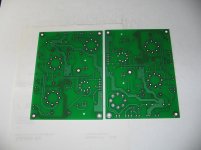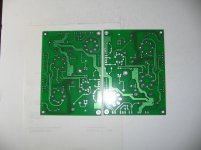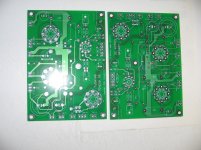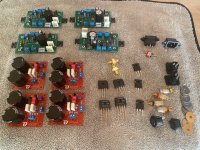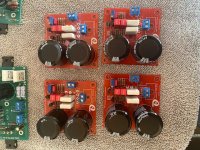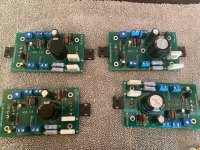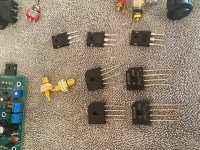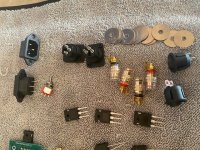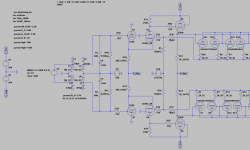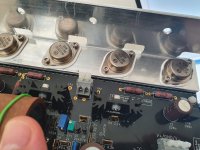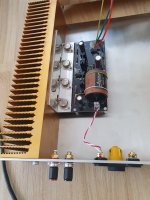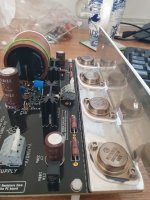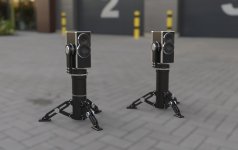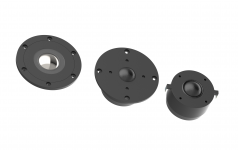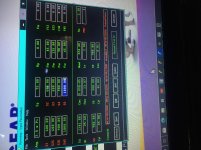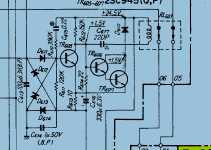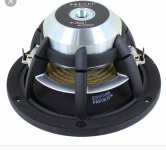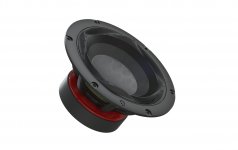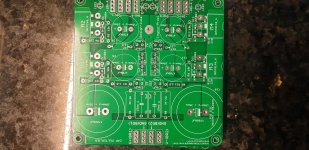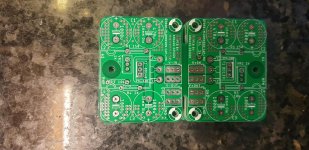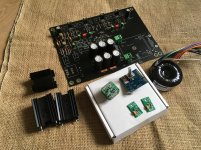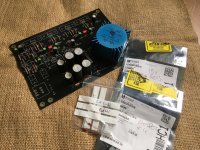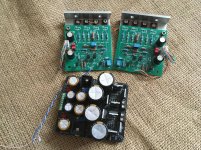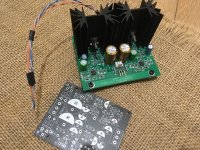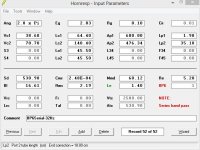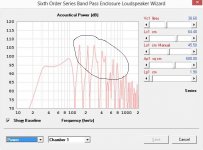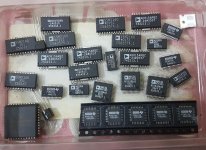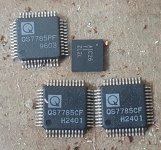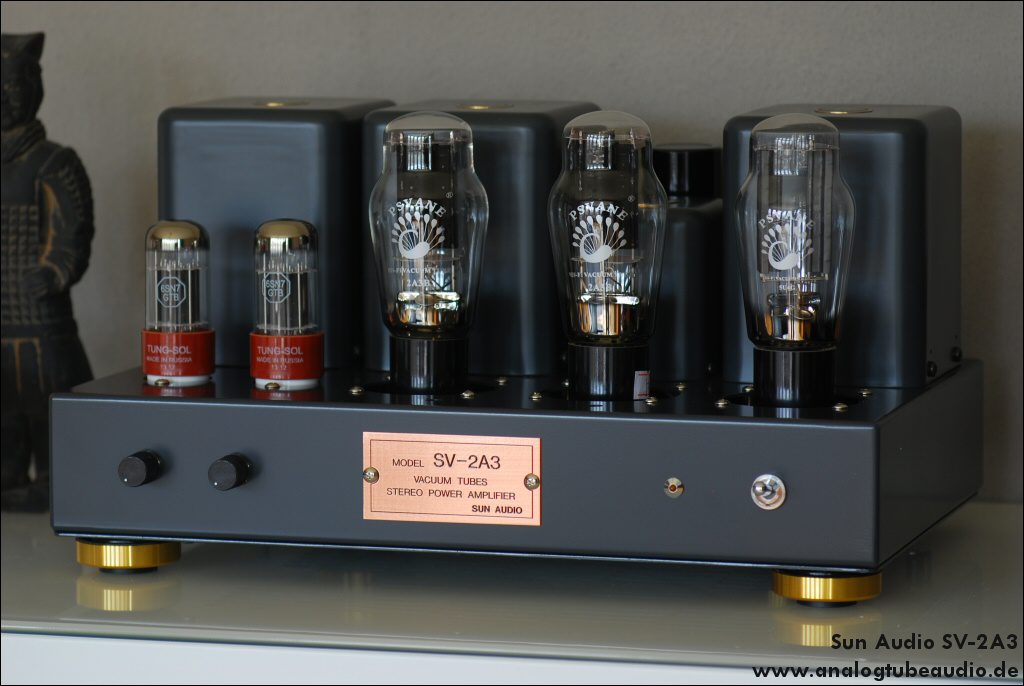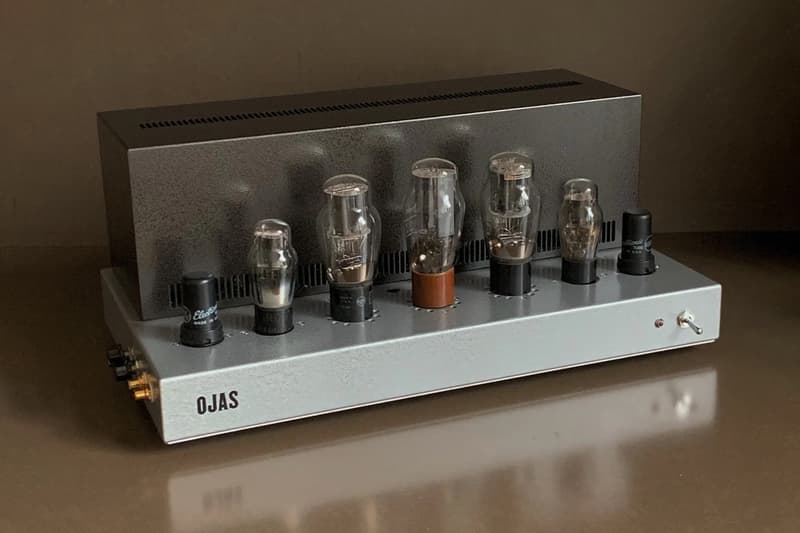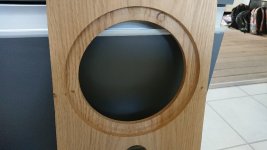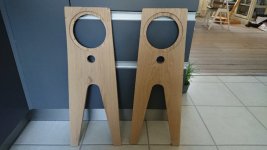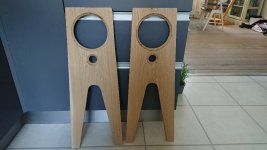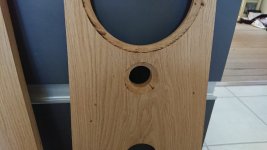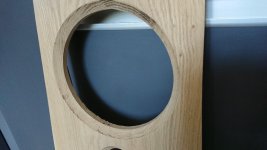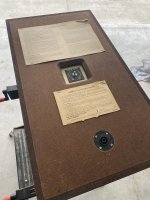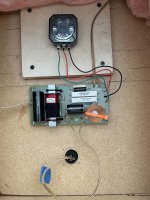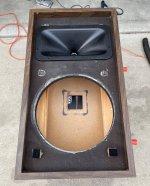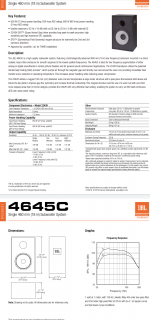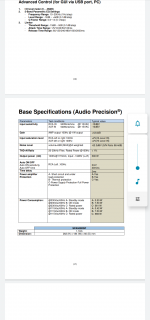My story of an Econowave conversion of Utility Large Advents
What and Why: DIY guys who’ve been around a while will know about
the nearly infinite AudioKarma thread on replacing the tweeter on old two-way speakers with a compression driver and modern waveguide. Dive in here at your own peril (it’s hundreds of pages long), but the rationale is simple: modern waveguides effectively disperse the audio frequencies in their bandwidth with greater control and consistency, both vertically and horizontally, than the tweeters they replace. The result is fewer counterproductive reflections, less sonic variation by location (wider sweet spot), and – if the crossover is well designed – better integration with the woofer, giving better imaging. And there’s more! Compression drivers run at a small fraction of their output capability, are accurate, with much less distortion than an ordinary tweeter, and their efficiency means home users will never drive them to their limits. Note: if horns bring to your mind the painful implementation commonly found in PA systems, keep in mind that some TOTL home and studio speakers use compression drivers and constant directivity waveguides! Don’t judge the potential by the worst implementation of the technology. Instead realize that injection molded plastic can reproduce
TOTL constant directivity waveguide technology for less than you spend on a dinner out.
How: To understand the specifics of converting the common Large Advent speakers,
read Ross Hershberger’s detailed build thread from 2008. PCBs to build the crossover are still available;
check out the last page of this thread. A pair delivered cost me $32 and comes with detailed instructions and a Parts Express parts list – very efficient! Skills and tools needed are modest: soldering iron, jig saw, drill. If you want to flush-mount a Neutrik SpeakOn NL4 instead of binding posts, you’ll need a 2” forstner bit and 1” paddle bit - see photos. I used a pair of Pyle type PH612 horns with Selenium type D210Ti because I had a pair on the shelf.
My history: I am a big fan of two-way systems and have built some big ones with large format compression drivers from TAD, Altec, and JBL, using wood yuichi horns and cheap metal ones, combined with 15” woofers in boxes ranging from the JBL 3677 cabinets to a pair of monster backloading horn cabs modelled on the 1952 Jensen Imperial plans. I love big effortless dynamics but wondered how successfully could the two-way be reduced in size.
Recently I built a pair of Wayne Parham’s Four Pi speakers with recycled cabinets. I used Wayne’s crossovers, JBL 2226H woofers and the B&C DE250 drivers on Wayne’s H290C waveguides. I didn’t expect the small (relative to the 2” exit compression drivers I’d been using) driver and waveguide to impress, but the Four Pi so successfully integrates the compression driver with the legendary JBL 2226 that I could be satisfied with that combo in any setting. They contend well with the Tannoy dual concentric drivers I’ve been using in bookshelf systems.
Trying the Econowave version of Large Advents was the next logical step in scaling down the two-ways I’d grown to love. These were sold in massive numbers for years and turn up regularly. I got a pair in excellent condition for $50 at an estate sale two blocks from my house, but of course the woofer foam had long crumbled. I had read that the Masonite woofers are tricky to refoam correctly, and also knew that using the wrong foam would raise the Fs from the spec’ed 17hz to something that would no longer perform so well in the sealed cabinet, so I took mine to a very experienced local guy. I followed Ross Hershberger’s build closely but chose to use a single NL4 connector near the bottom of the rear panel. I like to keep the back flat for easy transport and to avoid anything easily bent or broken.
Results: when I finished these I put them on top of the Four Pi speakers in my workshop, played them for a couple of hours and went through the gamut from Ella Fitzgerald and Coleman Hawkins to Bombino. Even elevated as they were the bass was palpable and solid. Imaging was immediately 3D on a Mapleshade recording. Switching from the Four Pi to these indicates that a better pair of compression drivers would yield audible benefits, and I may play around with that.
Counterpoint: Am I directing you to destroy a classic speaker? These were extremely successful speakers for their price point but the tweeters are the weak point. Large Advents are ubiquitous (I’m aware of more than a dozen pairs of stock ones in my area that haven’t been used in decades) and are more likely to wind up in the landfill than an audio history museum. If you put the effort into refoaming the woofers you deserve to get the most out of the speakers.
And as a result of my conversion I’ve liberated two fried-egg tweeters and crossovers for someone who prefers to restore a burned-up pair to original working condition. Everyone wins!
Conclusion: do it! Find a cheap pair, get them refoamed correctly, follow Ross’s build guide, and you’ll wind up with a great pair of modestly-sized full-range speakers.
